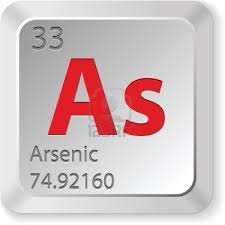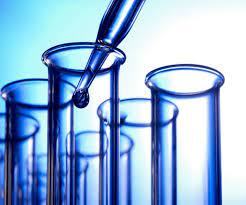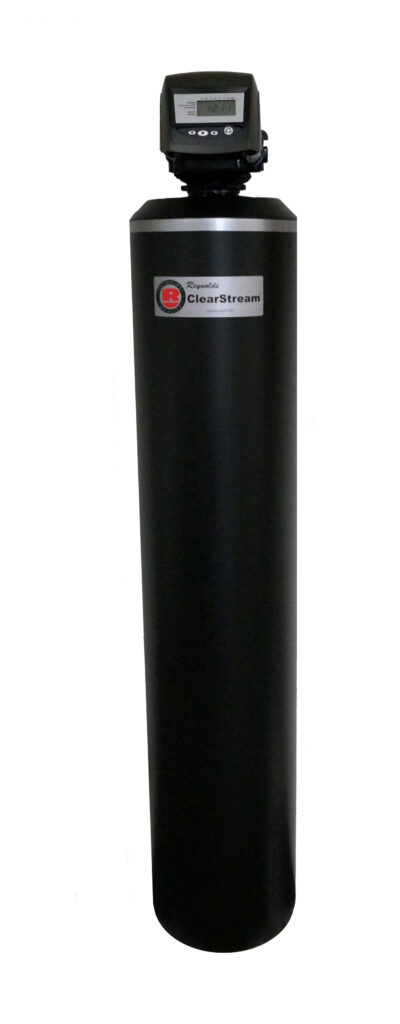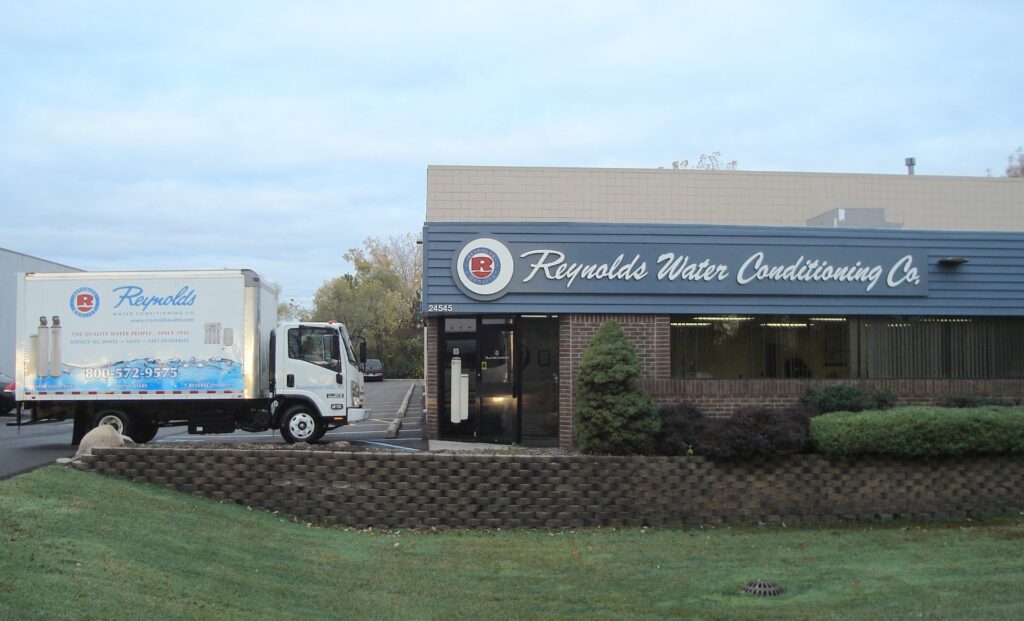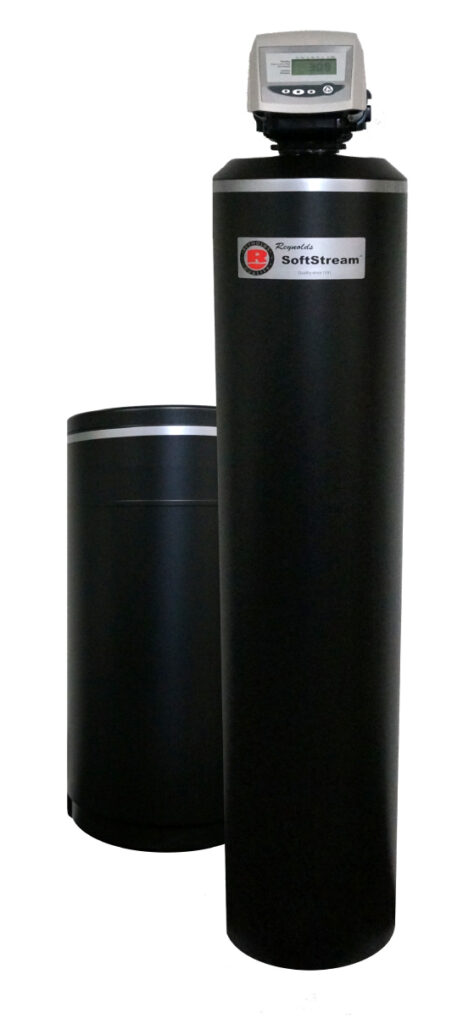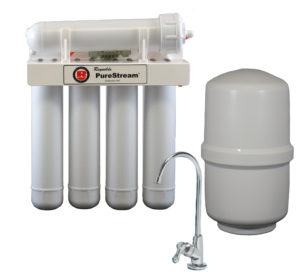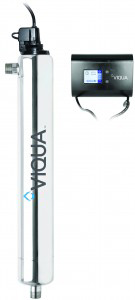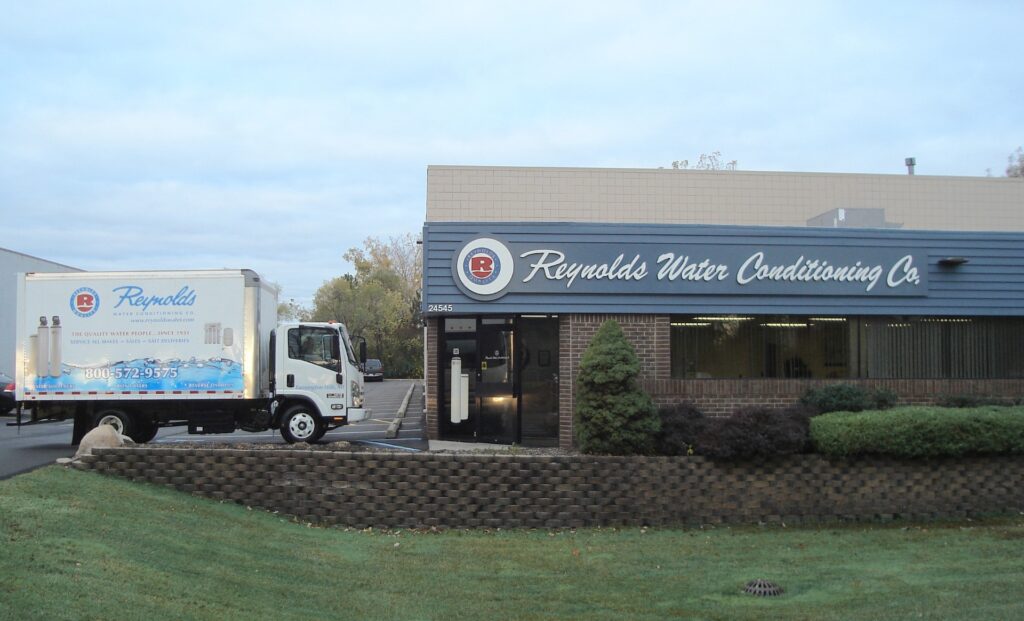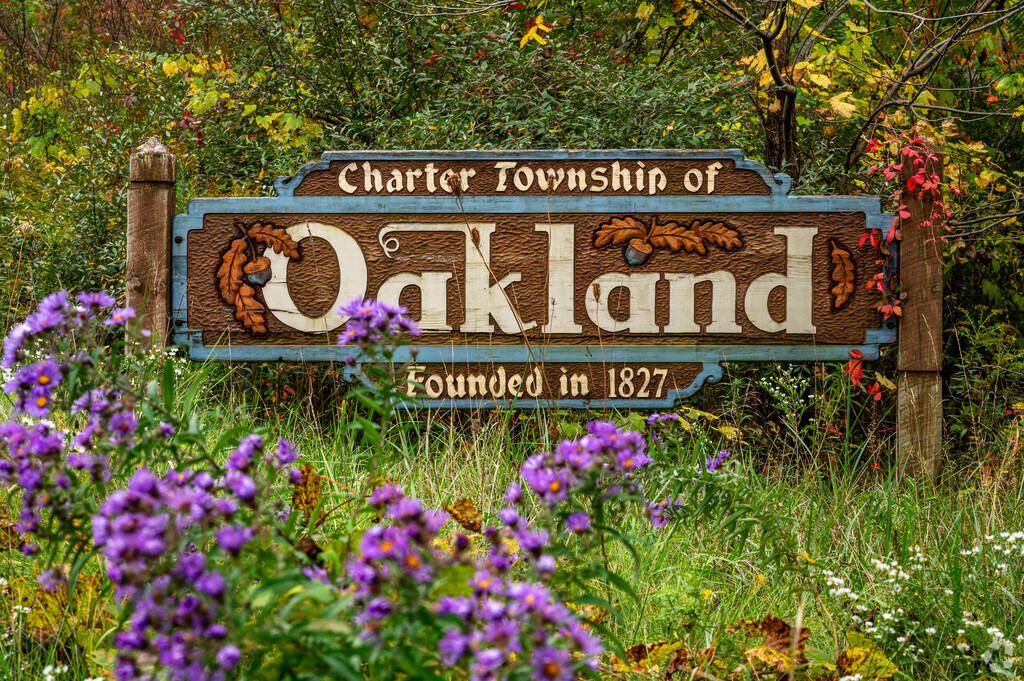When it comes to residential homes with well water, ensuring that your water is safe and pleasant to use and drink is a top priority. Many homeowners might not realize the importance of water conditioning, particularly the need for water softening and iron filtration, until they encounter the telltale signs of hard water or rusty sediment. Here’s why these systems are crucial for maintaining great-tasting, clear, and healthy water in your home.
Understanding Well Water Challenges
Well water naturally gathers minerals and sediments as it moves through the ground. While generally safe, these minerals can lead to hard water, which is rich in calcium and magnesium. Additionally, iron is another common element in well water, which can cause staining and a metallic taste. These issues not only affect the taste and appearance of your water but can also cause significant damage to plumbing fixtures and appliances over time.
Hard Water Woes
Hard water is notorious for causing limescale build-up in pipes and appliances, reducing their efficiency and lifespan. It can make soaps and detergents less effective, leading to dull laundry, spotted glassware, and leave a film on bath and shower surfaces. Moreover, hard water can affect your skin and hair, leaving them dry and itchy.
Iron Issues
Iron in well water, even in small quantities, can stain fixtures and laundry. High levels of iron can also block pipes and valves. In addition to its unsightly rust-colored sediment, iron can give water an unpleasant metallic taste, making it less than ideal for drinking and cooking.
The Solutions: Water Softening and Iron Filtration
Addressing the challenges of well water requires a two-pronged approach: water softening and iron filtration.
Water Softeners
Water softeners replace the calcium and magnesium ions in hard water with sodium or potassium ions. This exchange prevents the minerals from causing build-up and makes the water softer, which is better for cleaning and bathing. Soft water enhances the effectiveness of soaps and detergents, meaning you’ll use less and save money. Additionally, it extends the life of appliances by preventing the mineral build-up that can hamper their efficiency.
Iron Filtration Systems
Iron filtration systems are designed to remove iron particles from your water before they reach your taps. These systems use a variety of methods, such as oxidizing filters that convert dissolved iron into a filterable form, or ion exchange similar to water softeners. This not only prevents staining and pipe blockages but also improves the taste and smell of your water.
Benefits Beyond the Basics
The benefits of installing these systems in homes with well water extend beyond just preventing damage and improving taste. They also:
- Enhance Home Value: A well-maintained water system is a significant selling point for homes with well water.
- Provide Health Benefits: Soft, iron-free water is gentler on the skin and hair and avoids the health risks associated with excessive iron consumption.
- Contribute to Environmental Sustainability: These systems promote a more sustainable household by improving the efficiency of soaps and reducing the frequency of appliance replacements.
Choosing the Right Systems
Selecting the right water softener and iron filtration system depends on the specific conditions of your well water. It is advisable to have your water tested to understand the levels of hardness, iron, and other potential contaminants. A softener and iron filtration system ensures that you’ll have great-tasting water while also prolonging the lifespan of your plumbing and appliances, and protecting against the hidden costs of untreated water. Contact the experts at Reynolds Water for recommendations on the best systems based on your water’s test results, ensuring your water conditioning solution perfectly suits your needs.
_________
Reynolds Water Conditioning was established in 1931 and is Michigan’s oldest water conditioning treatment company. Still owned and operated by the Reynolds family, we take pride in providing the highest quality products at a cost-effective price. If your tap water lacks the quality you deserve, contact us today at 800-572-9575.
Written by the digital marketing team at Creative Programs & Systems: www.cpsmi.com





